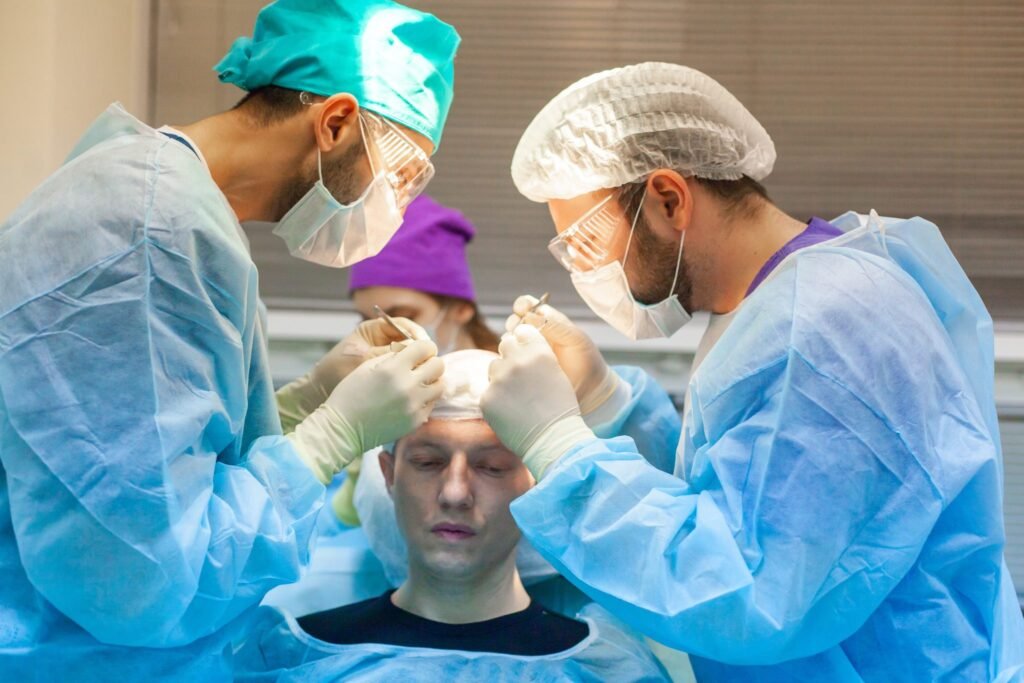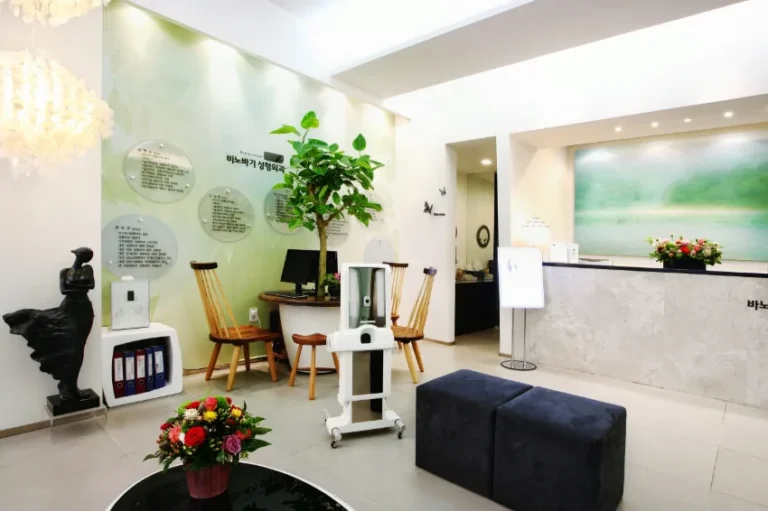Hair transplant surgery is one of the most effective solutions for restoring a natural-looking hairline and treating pattern baldness. But one of the most frequently asked questions by medical tourists and domestic patients alike is:
“Are hair transplants permanent?”
Korean hair transplant clinics—recognized for their cutting-edge technology, experienced surgeons, and aesthetic precision—are at the forefront of delivering long-lasting, natural-looking hair restoration. In this guide, we explain the permanence of hair transplants, what factors affect longevity, and how Korean clinics maximize your results over time.
🌱 The Short Answer: Yes, Hair Transplants Are Permanent—But with Conditions
Hair transplants are generally considered permanent because the transplanted hair follicles are genetically resistant to balding. These follicles are taken from the donor area, typically the back or sides of the scalp, which are not affected by DHT (dihydrotestosterone)—the hormone responsible for most hair loss.
Once transplanted, these follicles behave as they did in their original location:
✅ They grow naturally
✅ They resist miniaturization
✅ They don’t typically fall out due to male or female pattern hair loss
However, “permanent” doesn’t mean immune to aging or poor care. The long-term success of a hair transplant depends on various medical and lifestyle factors, as explained by Korean hair restoration experts.
🧬 Why Donor Hair Is “Permanent” in Nature
The donor zone—usually the occipital (back of the scalp) and parietal (side) areas—has hair that is not sensitive to DHT, even in individuals with severe androgenetic alopecia.
Key Reasons These Hairs Last:
| Factor | Why It Matters |
|---|---|
| Genetic Stability | Follicles retain their original genetic coding, even after relocation |
| Hormone Resistance | Less sensitive to DHT, unlike the top and frontal scalp |
| Consistent Growth Cycle | Grows just like your normal hair—naturally and cyclically |
“Even 20 years after transplant, many patients still retain 80–90% of their transplanted hair—if donor hair was healthy and properly implanted.”
— Dr. Minsoo Park, Hair Surgeon at Seoul Restoration Clinic
📆 Hair Transplant Growth Timeline: What to Expect Long-Term
| Timeframe | What Happens |
|---|---|
| 1–3 Months | Transplanted hair sheds (normal) – “shock loss” |
| 3–6 Months | New hair begins to regrow |
| 6–12 Months | Density builds, major growth visible |
| 12–18 Months | Full results, natural texture and styling possible |
| 2+ Years | Transplanted hairs continue to grow permanently |
📌 What Can Affect the Longevity of Your Hair Transplant?
Although the transplanted hairs are genetically permanent, external and internal factors can influence how long they last and how good they look.
🔹 1. Progression of Native Hair Loss
- If you only transplant the front hairline but continue to lose hair behind it, it may result in unnatural patterns over time.
- Korean clinics often recommend preventive medical treatment (finasteride, minoxidil) to stabilize ongoing loss.
🔹 2. Surgical Technique
- Poor extraction or implantation can damage grafts.
- Overharvesting the donor area leads to visible scarring or “moth-eaten” patches.
- Korean surgeons use microsurgery, implanter pens (DHI), and dense packing techniques to preserve graft integrity and achieve high survival rates.
🔹 3. Scalp Health & Post-Care
- Inflammation, infection, or improper aftercare can compromise results.
- Korean clinics provide antibacterial sprays, growth serums, and recovery kits.
- Clinics may also offer scalp mesotherapy or PRP to boost regrowth.
🔹 4. Age and Hormonal Changes
- Aging may cause thinning—even in transplanted areas—especially after 60–70 years.
- Hormonal shifts or medical conditions can also impact long-term hair health.
🏥 How Korean Clinics Maximize Permanent Results
Korean clinics are leaders in long-term transplant success due to a unique combination of medical expertise, precision, and aesthetics.
✅ Strategic Planning
- Design accounts for future hair loss and facial aging
- Customized graft allocation to prevent overuse of the donor area
✅ High Graft Survival Rate
- 90–95% average survival rate due to:
- Cold storage media
- Experienced technicians
- Real-time graft implantation (minimized exposure time)
✅ Supplementary Therapies
- Platelet-rich plasma (PRP) therapy
- Stem cell boosters
- Low-level laser therapy (LLLT)
✅ Medical Hair Maintenance
- Finasteride or dutasteride to slow DHT-related loss
- Topical minoxidil or oral minoxidil for overall scalp coverage
- Korean herbal supplements (e.g., Pyunggang-hwan) in integrative clinics
💬 Real Case Example from Seoul
Patient: Male, 35 years old, with Norwood IV hair loss
Clinic: Seojin Hair Restoration Clinic, Gangnam
Procedure: 3,000 grafts via FUE + PRP therapy
Results:
- 90% regrowth at 6 months
- Fully restored frontal and mid-scalp density
- Stable hairline at 3-year follow-up
“No visible scarring. Just full, natural hair that feels like mine.” – Patient Review
🔁 Will You Ever Need a Second Hair Transplant?
Sometimes, yes—but not always.
| Situation | May Need Second Procedure? |
|---|---|
| Native hair continues to thin | ✅ Yes |
| Didn’t restore full area in one session | ✅ Yes |
| Want to lower the hairline further | ✅ Optional |
| Results failed due to poor technique (elsewhere) | ✅ Yes (correction surgery) |
Korean clinics often offer multi-stage plans, especially for patients with advanced hair loss (Norwood V–VII).
🔐 Final Thoughts: Are Hair Transplants Truly Permanent?
✅ Yes, transplanted hairs are permanent
❗ But overall results depend on long-term planning, donor quality, ongoing hair loss, and medical management.
Korean clinics are global leaders not just because of their surgical expertise, but also because of how they prepare patients for long-term success. With a focus on aesthetic design, medical therapy, and personalized planning, hair transplants in Korea offer a lifelong solution for many patients around the world.




